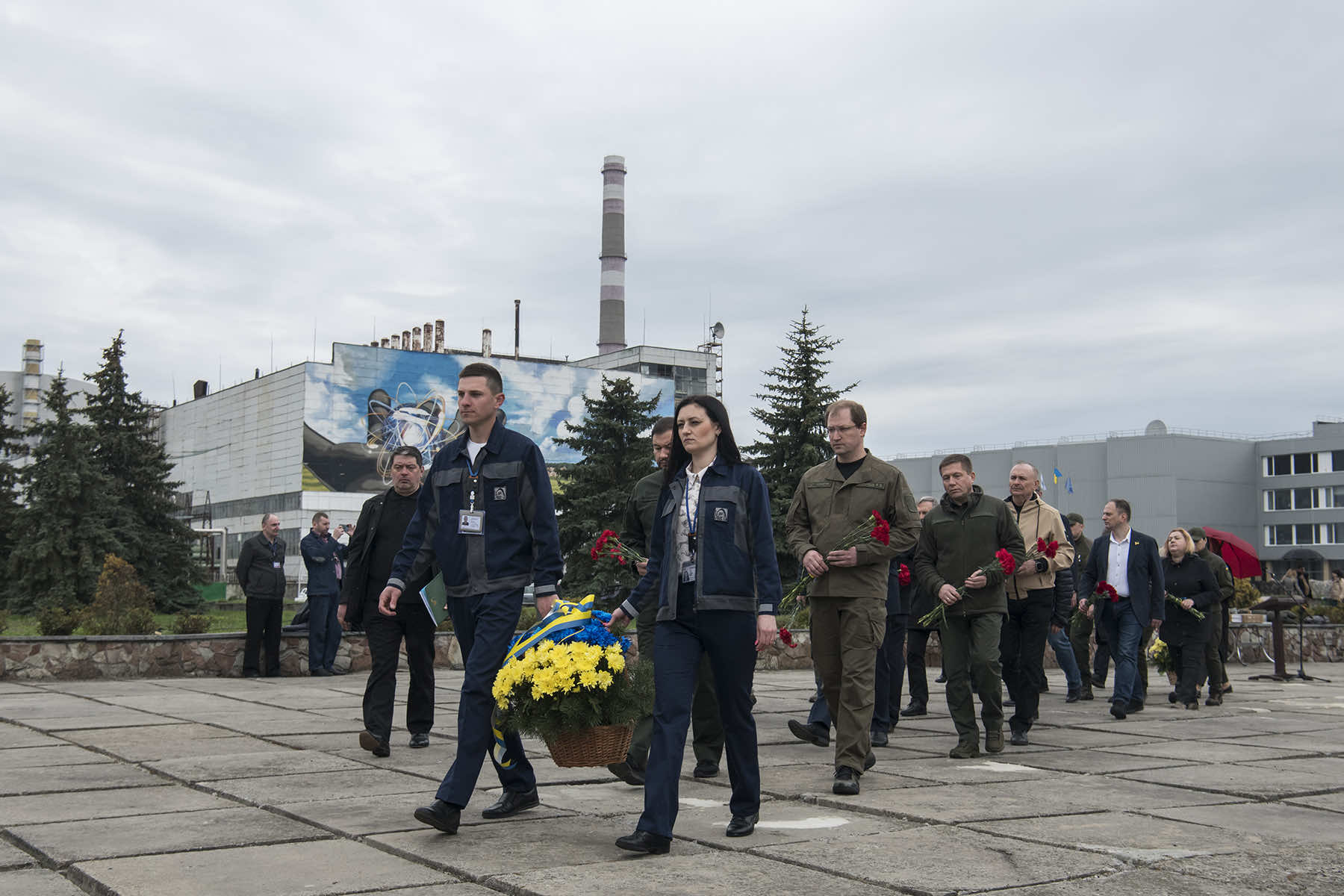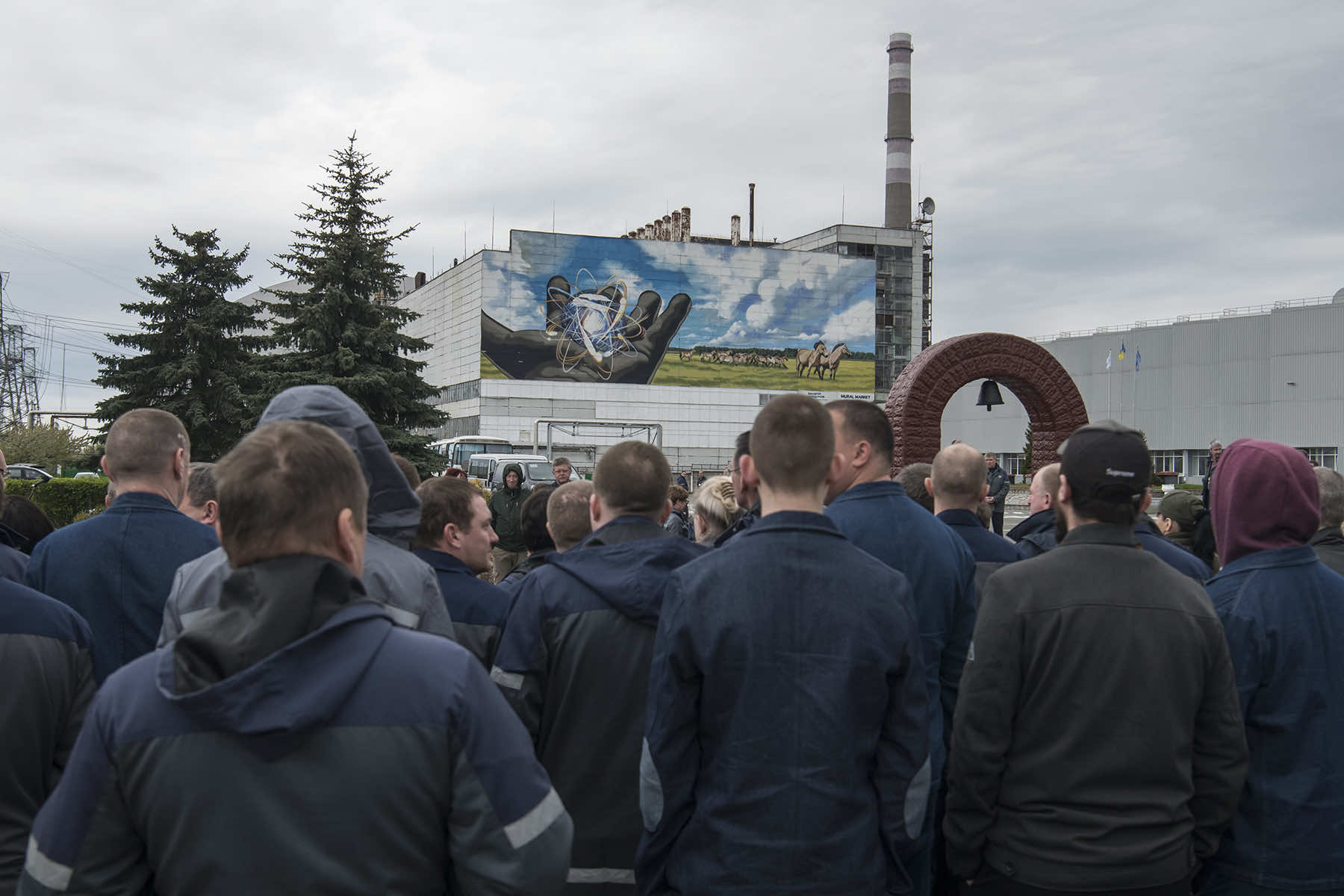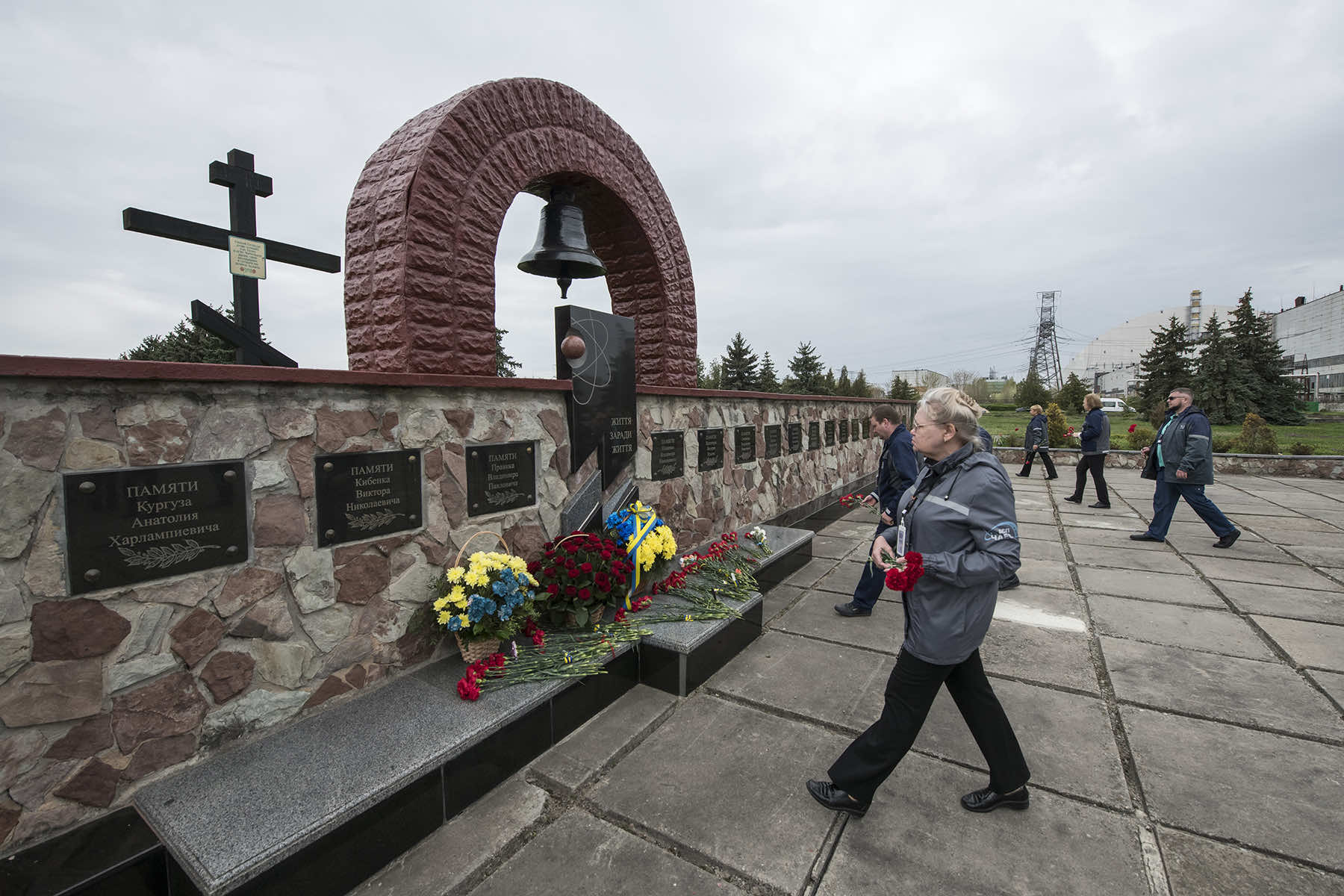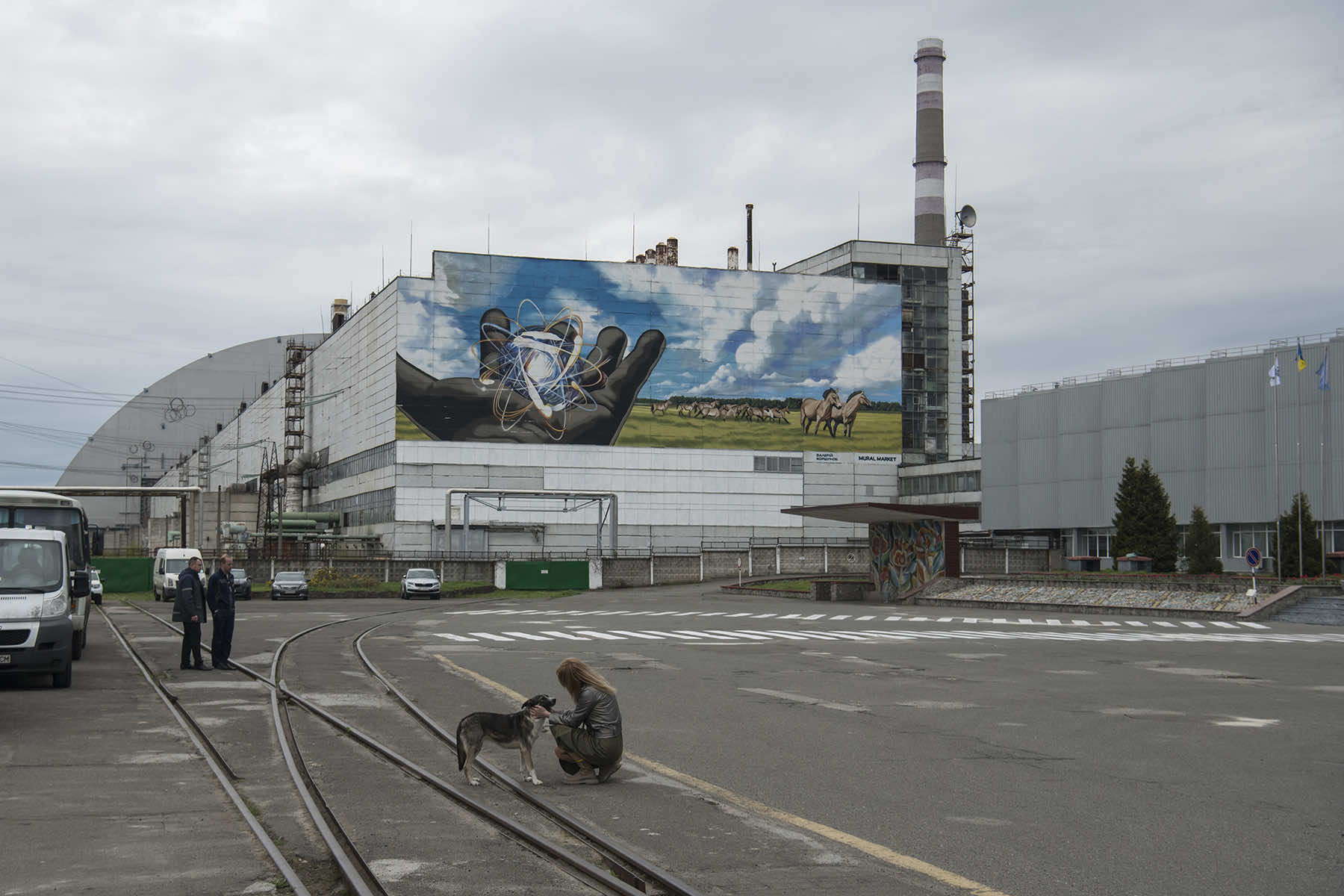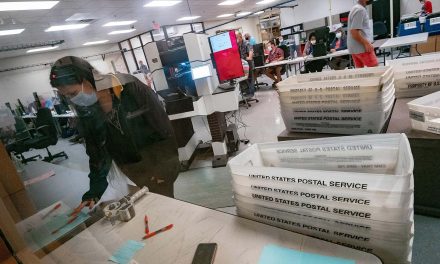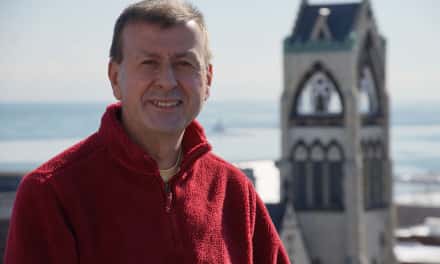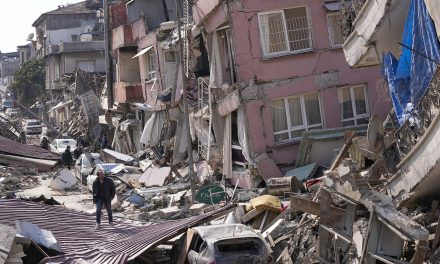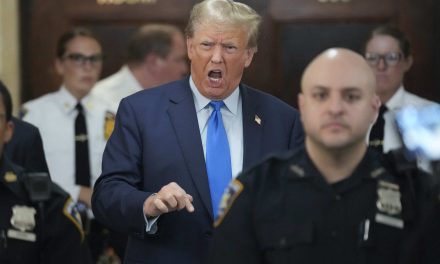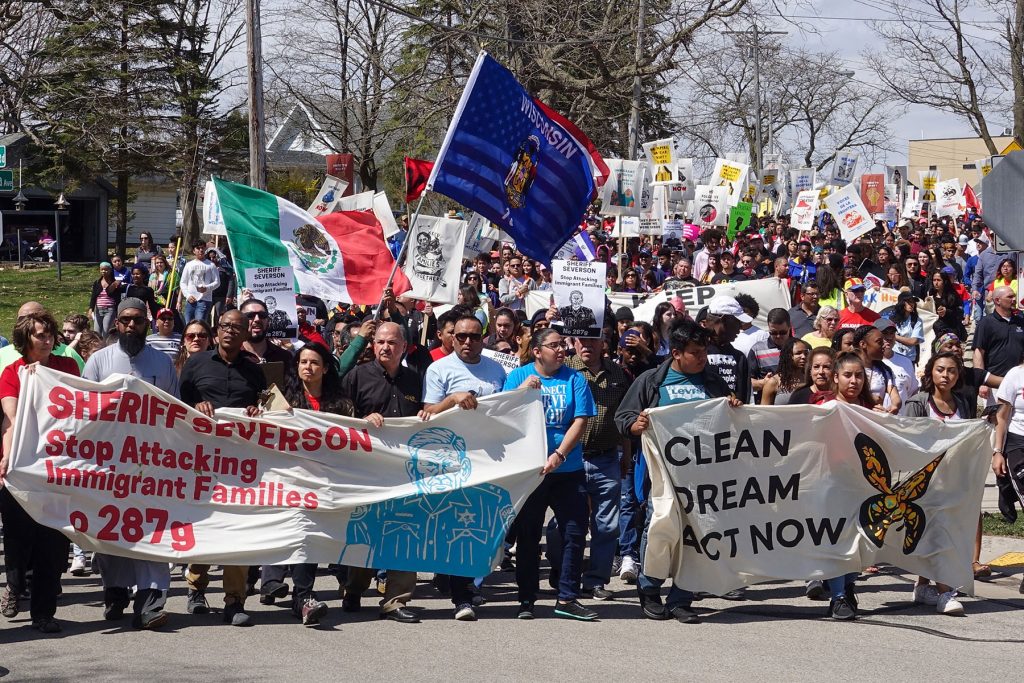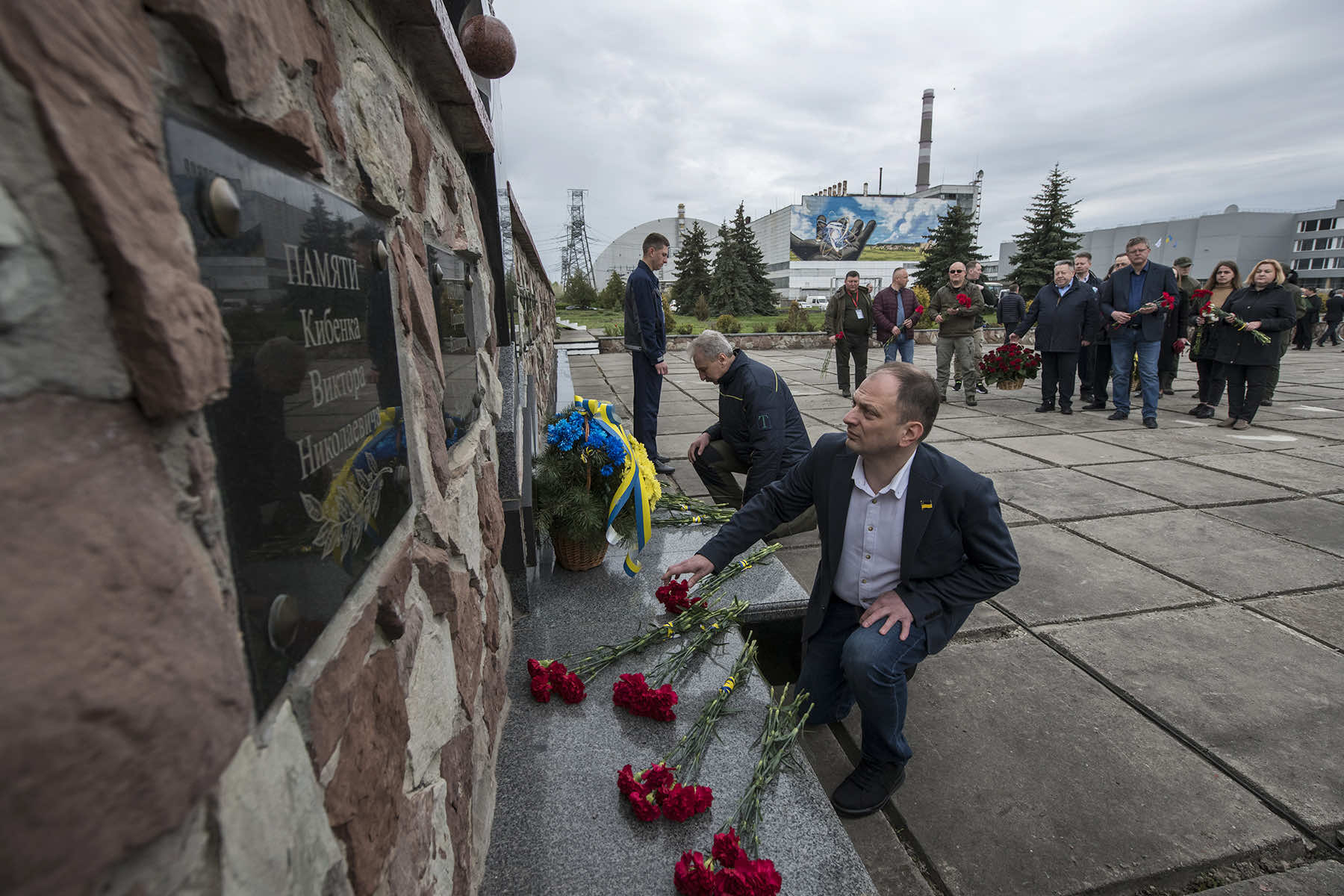
Workers at the Chernobyl nuclear power plant on April 26 marked the 37th anniversary of the world’s worst nuclear disaster amid an ongoing war and nuclear threats, somberly laying flowers at a monument for victims.
Ukrainian President Volodymyr Zelenskyy used the day to repeat his warnings about the potential threat of a new atomic catastrophe in Ukraine amid the war with Russia, drawing a parallel between the Chernobyl accident in 1986 to Moscow’s brief seizure of that plant and its radiation-contaminated exclusion zone following its full-scale invasion of Ukraine.
“Last year, the occupier not only seized the (Chernobyl) nuclear power plant, but also endangered the entire world again,” Zelenskyy said in a Telegram post in English.
On April 26, 1986, an explosion and fire at the plant caused radioactive fallout to begin spewing into the atmosphere. Dozens of people were killed in the immediate aftermath of the disaster while the long-term death toll from radiation poisoning is unknown.
Thousands of tanks and troops rumbled into the plant’s radiation-contaminated exclusion zone in the early hours of Russia’s invasion of Ukraine on Feb. 24, 2022, churning up highly contaminated soil from the site. Russian forces remained stationed at the closed plant between February and March last year, before they withdrew from the Kyiv area and it was recaptured by Ukrainian troops.
Zelenskyy said Kyiv has since then reestablished prewar security measures and scientific activities within the zone. But he cautioned that future moves from Moscow could endanger global nuclear safety.
Russian forces have also been stationed at southern Ukraine’s Zaporizhzhia Nuclear Power Plant, Europe’s largest and one of the 10 biggest in the world, since capturing the site early in the war.
Ukrainian officials have repeatedly accused Russia of using the plant as a base for firing on nearby Ukrainian-held territory. On April 25, Ukrainian officials reported that heavy Russian artillery fire hit cities on the western bank of the Dnieper River just across from the plant.
The plant has six reactors, all of which have been shut down over the past year.
“We must do everything to give no chance to the terrorist state to use nuclear power facilities to blackmail Ukraine and the entire world,” Zelenskyy said in his Telegram post. Zelenskyy’s office published photos of him laying flowers at two Kyiv memorials to Chernobyl victims and observing a minute’s silence.
At the site of the exclusion zone, workers and engineers placed flowers at a memorial on April 26 and received awards from the minister of environment, Ruslan Strilets.
Mykola Pobedin, an engineer, recalled with fear the 25 days he spent under Russian occupation. He had been working at the station for 35 years, but on the day of the invasion, he encountered something he never thought he would.
“Heading to the workplace, I saw a tank that was standing right here and the muzzle was pointed at the station,” he said. He recalled sleeping and eating little for the next weeks, with even bread running out.
More than 150 members of the Ukrainian National Guard captured during Russia’s occupation of the Chernobyl exclusion zone remain in Russian custody, Strilets said. The level of radiation at the plant was now normal, he added.
“The day when the exclusion zone was crossed, when the Ukrainian flag flew over the Chernobyl station again, it was a day, it was a sign that Ukraine would definitely win this war,” he said.

